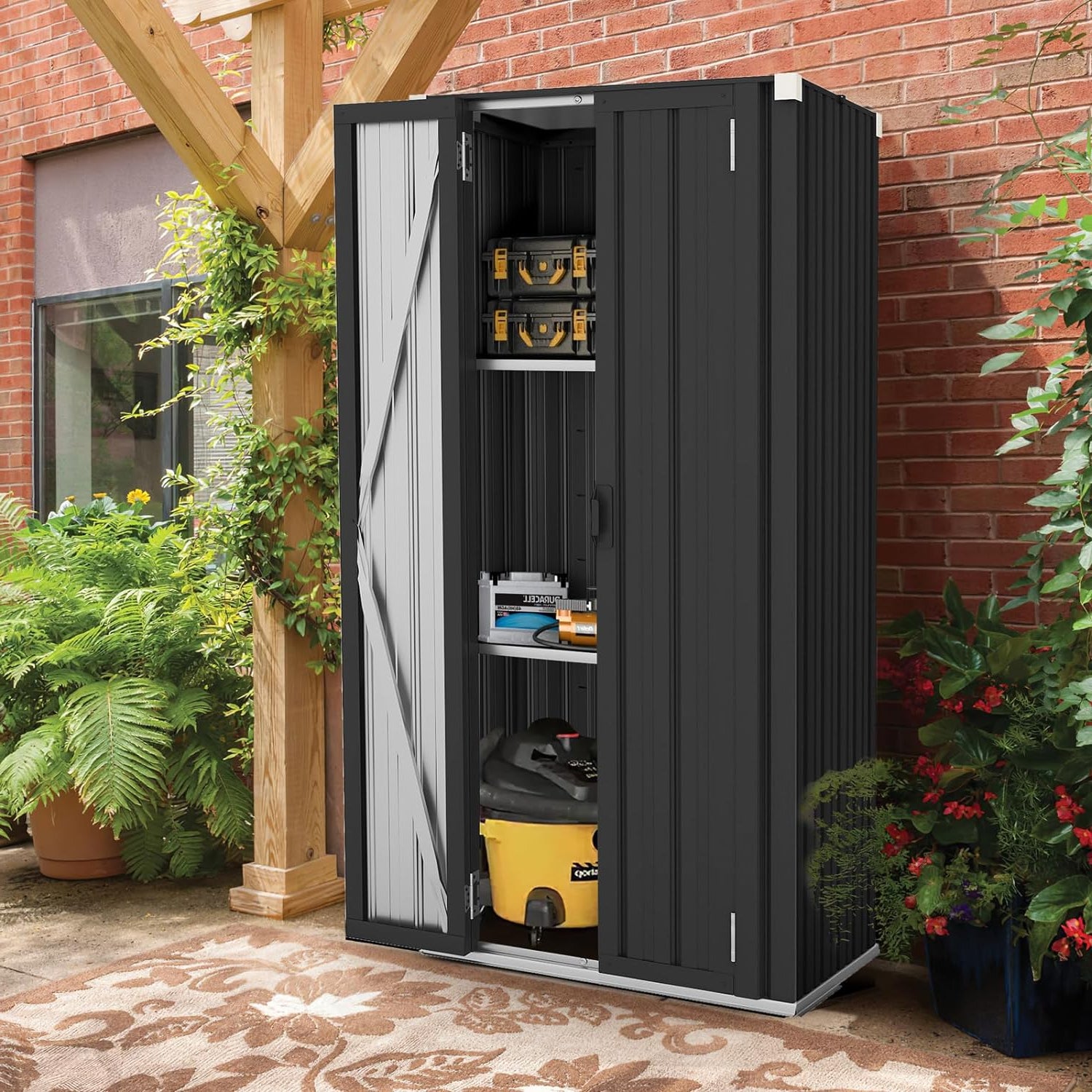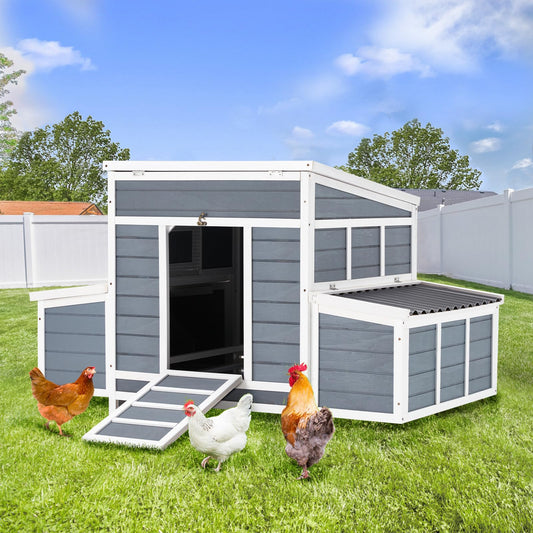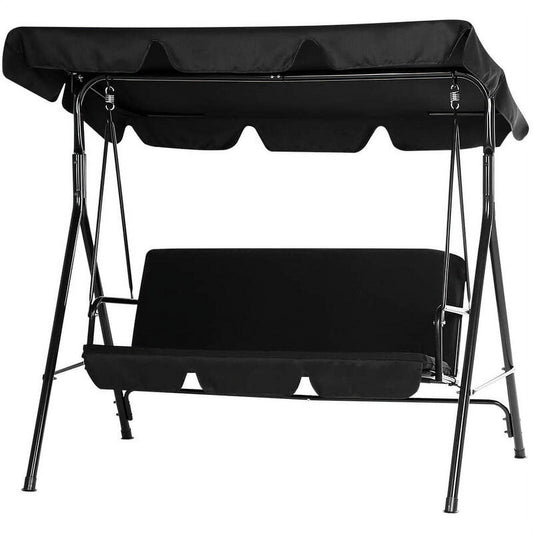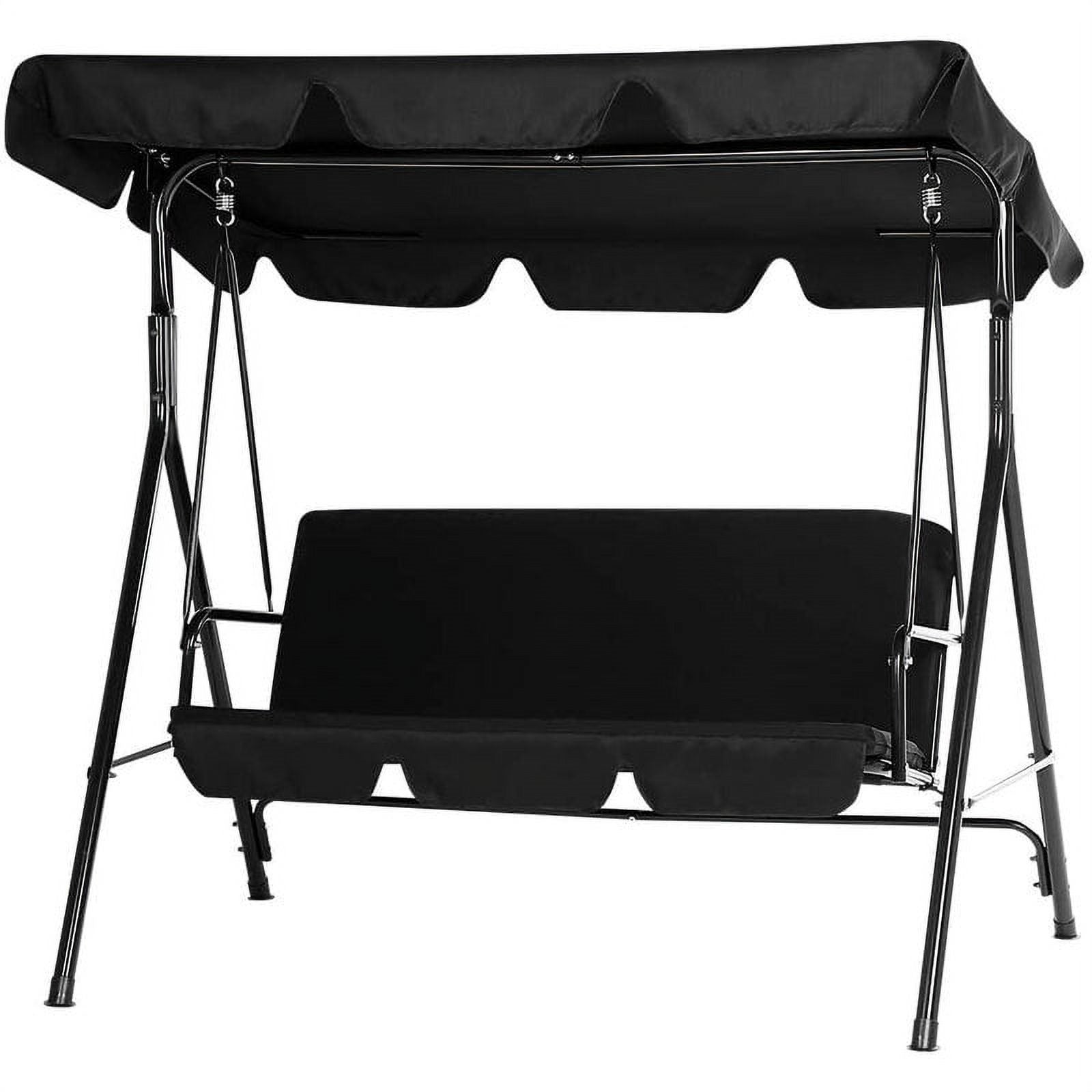Your chest muscles, or pecs, play a crucial role in upper - body strength. Strong pecs help with pushing movements, like opening a heavy door or pushing a shopping cart. In terms of aesthetics, a well - developed chest gives your upper body a more balanced and muscular look. It’s like the centerpiece of your upper body physique.
When it comes to building a fuller, more defined chest, chest flyes are a classic exercise that you can't overlook. They've been a staple in gym routines for decades. Chest flyes specifically target the pectoral muscles, working them in a way that many other exercises can't.
In this article, we'll walk you through everything you need to know about chest flyes. We'll start with the correct form, because doing the exercise right is the key to getting results and avoiding injuries. Then, we'll look at common mistakes that people make, so you can steer clear of them. Finally, we'll share some tips to help you maximize the benefits of your chest fly workouts. Whether you're a beginner just starting out or an experienced gym - goer looking to take your chest workouts to the next level, this guide has something for you.
What Are Chest Flyes? (Definition & Benefits)
Chest flyes are an isolation movement designed specifically for the pectoral muscles. Unlike presses, which involve a pushing motion, chest flyes focus on an opening and closing motion. When you do a press, like a bench press, you're moving a weight away from your body in a straight line. But with chest flyes, you're spreading your arms out to the sides, as if you're giving a big hug.
This unique motion has several key benefits. First, it allows you to stretch and contract the chest fibers in a way that other exercises can't. When you open your arms out during a chest fly, you're stretching the chest muscles, which helps to increase their flexibility. Then, as you bring your arms back together, you're contracting the muscles, which can lead to muscle growth and better definition.
Secondly, chest flyes are great for improving chest definition. By targeting the pectoral muscles directly, they help to shape and tone your chest, giving you that more muscular and defined look. Finally, the stretching aspect of chest flyes can enhance your overall flexibility, which is beneficial for your entire body. Whether you use a chest fly exercise machine, dumbbells, or cables, the basic principle remains the same: isolate and work those chest muscles for a more developed chest.
Muscles Worked During Chest Flyes
Chest flyes are great for targeting specific upper-body muscles, and knowing which ones get worked helps you focus better. Let’s break them down clearly:
|
Muscle Group |
Role in Chest Flyes |
|
Pectoralis Major |
The main muscle targeted. It’s the large muscle covering your chest. When you open and close your arms during flyes, this muscle stretches and contracts—this is what builds that full, defined chest look. |
|
Serratus Anterior |
Located under your armpit, it helps stabilize your shoulder blades. Without it, your shoulders might move out of place, especially when using a chest fly exercise machine. It keeps your form steady. |
|
Front Deltoids |
The front part of your shoulder muscles. They assist in lifting your arms, but they don’t take over—think of them as “helpers” to the pecs. Small stabilizer muscles around the shoulders also work to keep joints safe. |
Isolation exercises like chest flyes are key here. Unlike presses (which work multiple muscles at once), flyes zero in on the pecs. This means every rep focuses on shaping and strengthening your chest—no other muscles steal the effort. For example, when using a seated chest fly machine, the fixed path makes sure only your chest muscles do the work, helping you sculpt a more even, complete chest shape.
Want to easily build strong pecs at home? The YODOLLA Chest Fly Machine has got you covered. Its unique design simulates the chest fly movement, precisely stimulating your chest muscles. It’s easy to operate, safe and stable, and with an adjustable weight of 450 lbs, you can customize your training intensity according to your own needs, starting your efficient fitness journey effortlessly.

How to Do Chest Flyes Correctly (Step-by-Step Guide)
Doing chest flyes right is more important than lifting heavy—bad form can lead to injury and won’t build your pecs. Follow these simple steps, whether you use dumbbells or a chest fitness machine:
Step 1: Setup – Get Ready the Right Way
First, pick your tool. If using dumbbells, choose a weight you can hold comfortably for 8-12 reps (too heavy will break your form). If using a chest fly exercise machine (like a pec deck), adjust the seat height so the handles are at shoulder level. For a seated chest fly machine, sit up straight—don’t slouch—and place your feet flat on the floor. This setup is the first step to nailing how to do chest fly machine workouts.
Step 2: Starting Position – Lock in Your Form
Lie flat on a bench (for dumbbells) or sit in the machine with your back pressed against the pad. Hold dumbbells with palms facing each other, or grip the machine handles. Keep a slight bend in your elbows—don’t lock them straight. Your arms should start at chest height, not too high or too low. This position keeps your shoulders safe and your pecs ready to work.
Step 3: The Movement – Slow and Controlled
Inhale slowly as you open your arms wide—like a bird spreading its wings. Stop when you feel a deep stretch in your chest (don’t go so far that your shoulders hurt). Then, exhale as you bring your arms back together, squeezing your pecs at the top. This squeezing part is crucial—hold it for 1 second. Remember: fast, swinging movements won’t help. Slow motion means your chest muscles do all the work.
Step 4: Breathing & Control – Don’t Forget to Breathe
Breathe in when you stretch (opening your arms) and breathe out when you contract (closing them). This keeps oxygen flowing to your muscles and helps you stay in control. Even if you’re using the best chest fly machine, poor breathing will ruin your reps. For example, if you hold your breath, you might tense up and strain your shoulders—stick to the inhale/exhale rhythm.
Step 5: Finishing the Set – Keep Tension on Your Pecs
Don’t rest between reps! When you bring your arms together, don’t let them go limp—keep a little tension in your chest. As soon as you finish one rep, start the next. This constant tension keeps your pecs engaged the whole time, which is how you build strength faster. If you’re using a chest fly exercise machine, don’t fully release the handles at the end of each rep—stay tight!

Variations of Chest Flyes for Different Goals
Not all chest flyes are the same—pick the right variation based on what you want to achieve. Each one works with different tools, including the best chest fly machine options:
Dumbbell Chest Flyes – Flexible for All Levels
Dumbbell flyes let you adjust angles to target different parts of your pecs. Do flat dumbbell flyes (on a flat bench) for overall chest fullness, incline dumbbell flyes (30-45 degree bench) for upper pecs near your collarbone, or decline dumbbell flyes (slightly tilted bench) for lower pecs near your ribs. Pair flat and incline/decline variations for balanced growth.
Cable Chest Flyes – Smooth, Constant Tension
Stand between two cable machines, grip the handles at shoulder height, and keep a slight elbow bend. Open your arms wide to stretch your chest, then squeeze your pecs to bring handles together. For more focus, try low-to-high cable flyes (start handles at hips, lift to chest) for upper pecs, or high-to-low cable flyes (start handles above shoulders, lower to chest) for lower pecs. Cables keep tension steady—great to pair with machine workouts.
Machine/Pec Deck Flyes – Safe for Beginners
A chest fly exercise machine (like a pec deck or seated chest fly machine) is perfect for newbies. The fixed path stops bad form, making it easy to learn how to do chest fly machine workouts right. Sit back, grip the handles, and squeeze your chest as you bring handles together. It’s low-risk and builds basic chest strength—ideal if you’re still getting used to flye movements.
Resistance Band Flyes – Do Them Anywhere
No gym? Use a resistance band. Hold the band with both hands, step on the middle, and stand with feet shoulder-width apart. Open your arms wide (keep the band tight) then squeeze your chest to bring arms together. This is a budget-friendly alternative to a chest fitness machine—do it at home, in your office, or even while traveling. It’s simple but still works your pecs hard.
These variations keep workouts fun and let you target every part of your chest. Whether you prefer a seated chest fly machine, dumbbells, or bands, mixing them up will help you get bigger, stronger pecs faster!
Pro Tips to Maximize Results
If you want bigger, stronger pecs from chest flyes, these key tips will make every rep count—they work for dumbbells, bands, or any chest fly exercise machine:
Choose the Right Weight & Protect Your Shoulders
Pick a moderate weight you can control for 8-12 reps—heavy weights that break your form won’t build muscle. For example, on a seated chest fly machine, pick resistance where you can squeeze your pecs hard for 10 reps without leaning. Also, keep a slight elbow bend (like holding a loose water bottle) the whole time—this takes pressure off shoulders and keeps focus on your pecs. Locking elbows or bending them too much will shift work to your arms, which is a common mistake when learning how to do chest fly machine workouts.
Slow Movements & Focus on Your Chest
Slow the “eccentric phase” (when you open your arms to stretch) to 2-3 seconds—don’t drop weights fast. On a chest fitness machine, control the handles as you open, instead of letting them snap back. This longer stretch makes chest fibers work harder. Pair this with a strong mind-muscle connection: imagine holding a pencil between your pecs when squeezing your arms together. If using the best chest fly machine, stare at your chest to stay focused—wandering attention to your arms or shoulders wastes reps.
Avoid Overstretching & Pair with Presses
Stretch your chest gently, but stop when you feel a soft pull—don’t open arms so wide your shoulders hurt. With dumbbells, never let weights drop below chest level—overstretching can injure shoulders. Also, combine chest flyes with pressing exercises (bench presses, push-ups). Presses build overall chest strength, while flyes shape and define. Try 3 sets of bench presses first, then 3 sets of chest flyes (use a chest fly exercise machine) for a balanced routine that speeds up results.
If you’re looking for a high-quality chest training device, the YODOLLA Chest Fly Machine is an excellent choice. It features an adjustable weight capacity of 450 lbs, making it suitable for both beginners and fitness enthusiasts. Not only does it effectively work your chest muscles, but it also targets your rear delts, helping you fully sculpt your upper body.

Common Mistakes to Avoid
Small errors can kill chest gains or cause injury—watch for these four key mistakes:
Excessive Weight & Poor Arm Position
Lifting too heavy makes you swing arms, arch your back, or use shoulders to pull weight—this takes work off your pecs. For example, if you lean forward on a seated chest fly machine to bring handles together, drop the resistance. Also, avoid arms that are too straight (strains elbows) or too bent (biceps take over). Keep a soft “L” bend in elbows—most chest fly machines even have markers for the right position, which is critical for how to do chest fly machine workouts correctly.
Short Range of Motion & Ignoring Stability
Don’t cut reps short! Open arms fully (until almost parallel to the floor for dumbbells) to feel a chest stretch, and squeeze arms all the way together. On a chest fitness machine, bring handles together tightly and open until you stretch—missing either step means you’re not working your pecs fully. Also, don’t ignore core and scapular stability: sit/lie straight, pull shoulder blades back (like squeezing a pencil between them), and tighten your abs. Slouching or letting shoulder blades “wing out” breaks form, even on the best chest fly machine.
✅ Read more: Beginner’s Guide to Chest Anatomy and Safe Strength Training
Conclusion – How to Do Chest Flyes for Maximum Chest Gains
By now, you have the basics to nail chest flyes—from picking the right chest fitness machine to fixing common mistakes. Let’s recap the key points:
Chest flyes are an isolation exercise that stretches and contracts pecs to build definition. Whether using a chest fly exercise machine, dumbbells, or bands, focus on slow, controlled movements and proper form: slight elbow bend, soft stretches, and no heavy weights that break your rhythm. Learning how to do chest fly machine workouts is great for beginners, thanks to the fixed path that prevents bad form.
To maximize gains, use progressive overload (slowly increase weight or reps as you get stronger) and consistency—do flyes 1-2 times a week with presses. You don’t need fancy gear: a seated chest fly machine helps, but resistance bands at home work too. The most important thing is sticking to good form. Grab your tools, follow these tips, and you’ll see bigger, stronger pecs over time!























